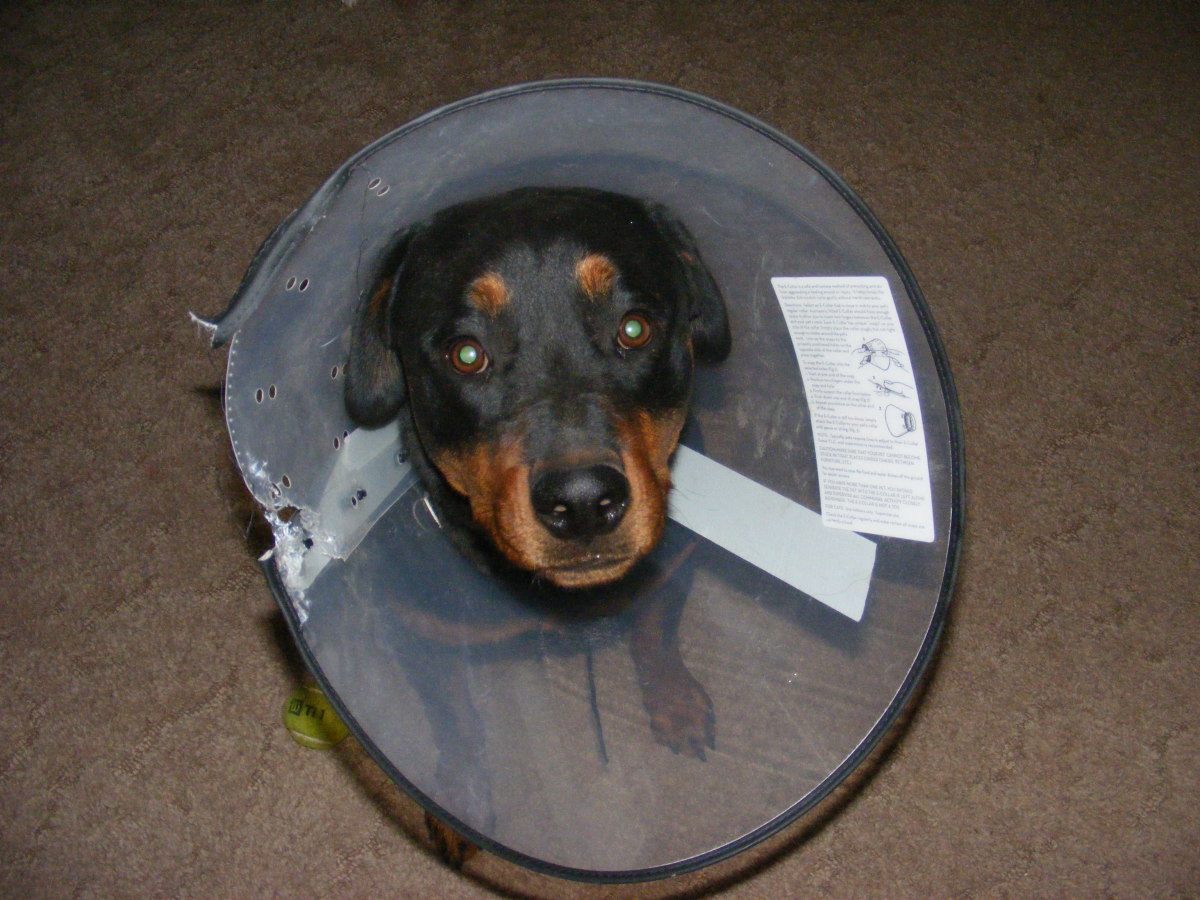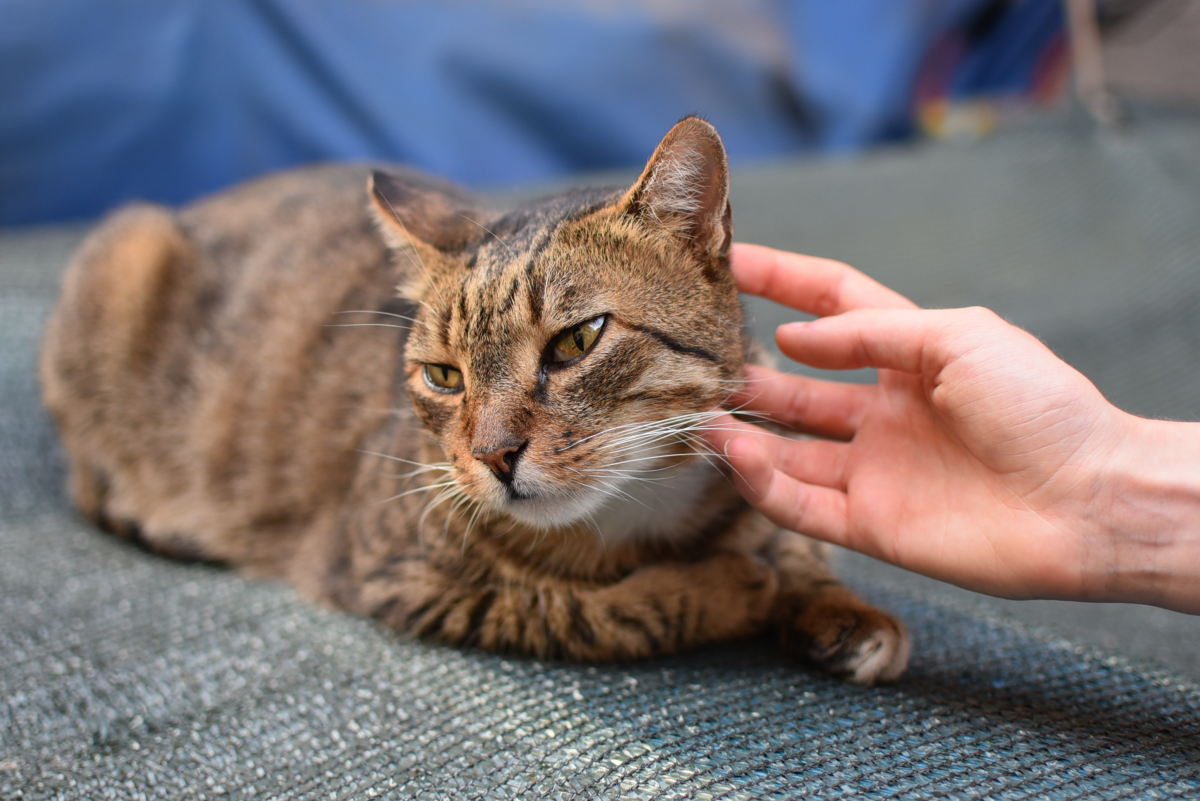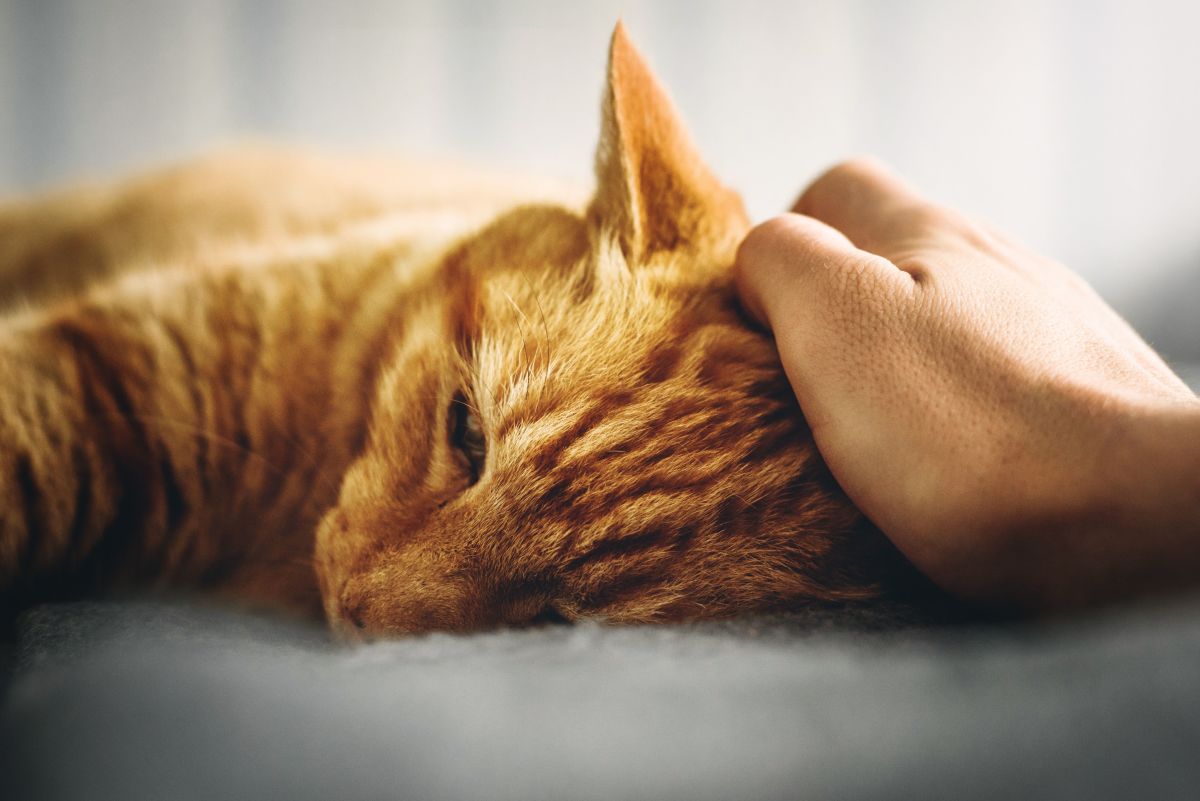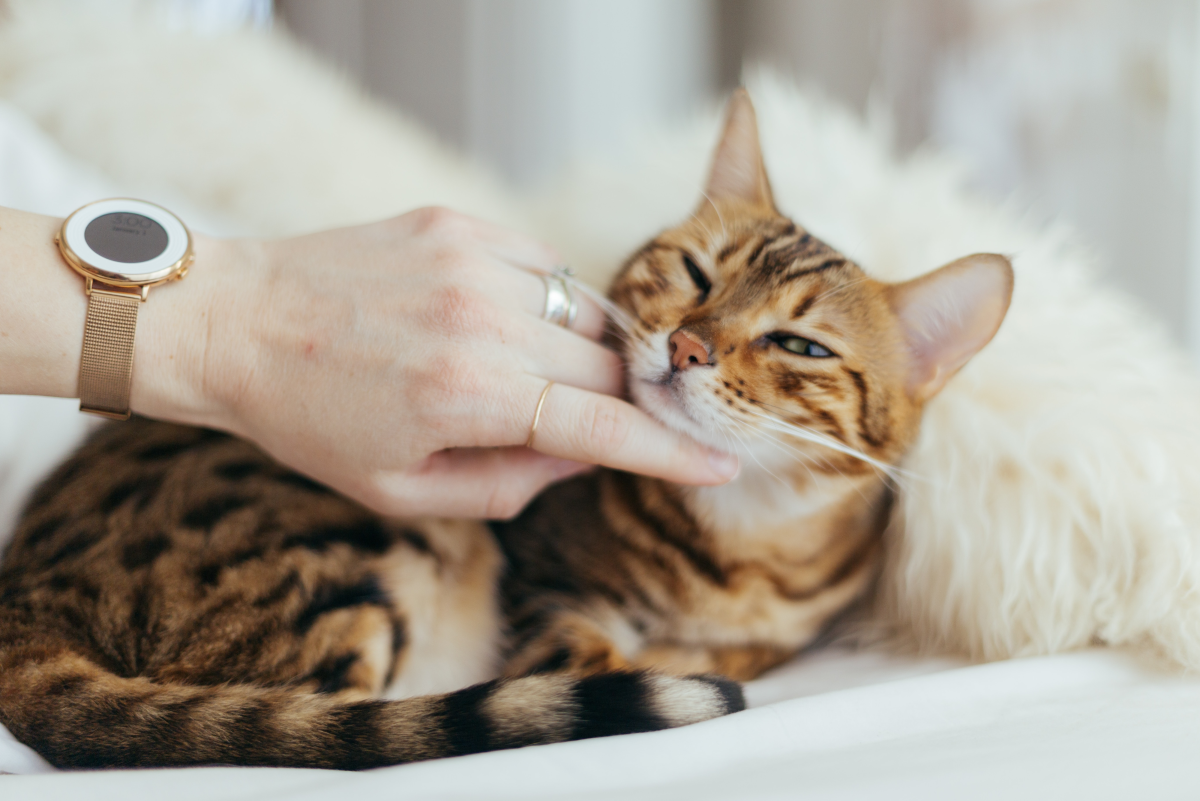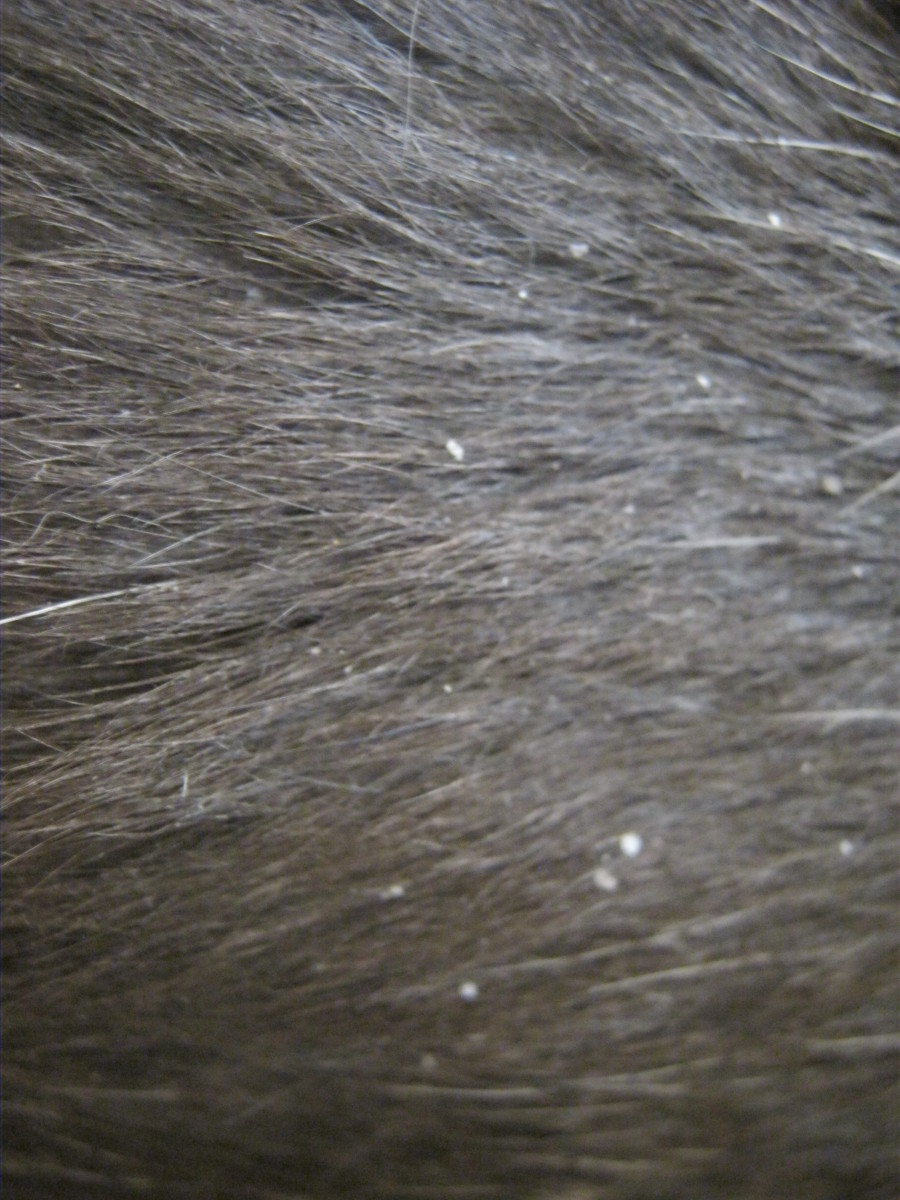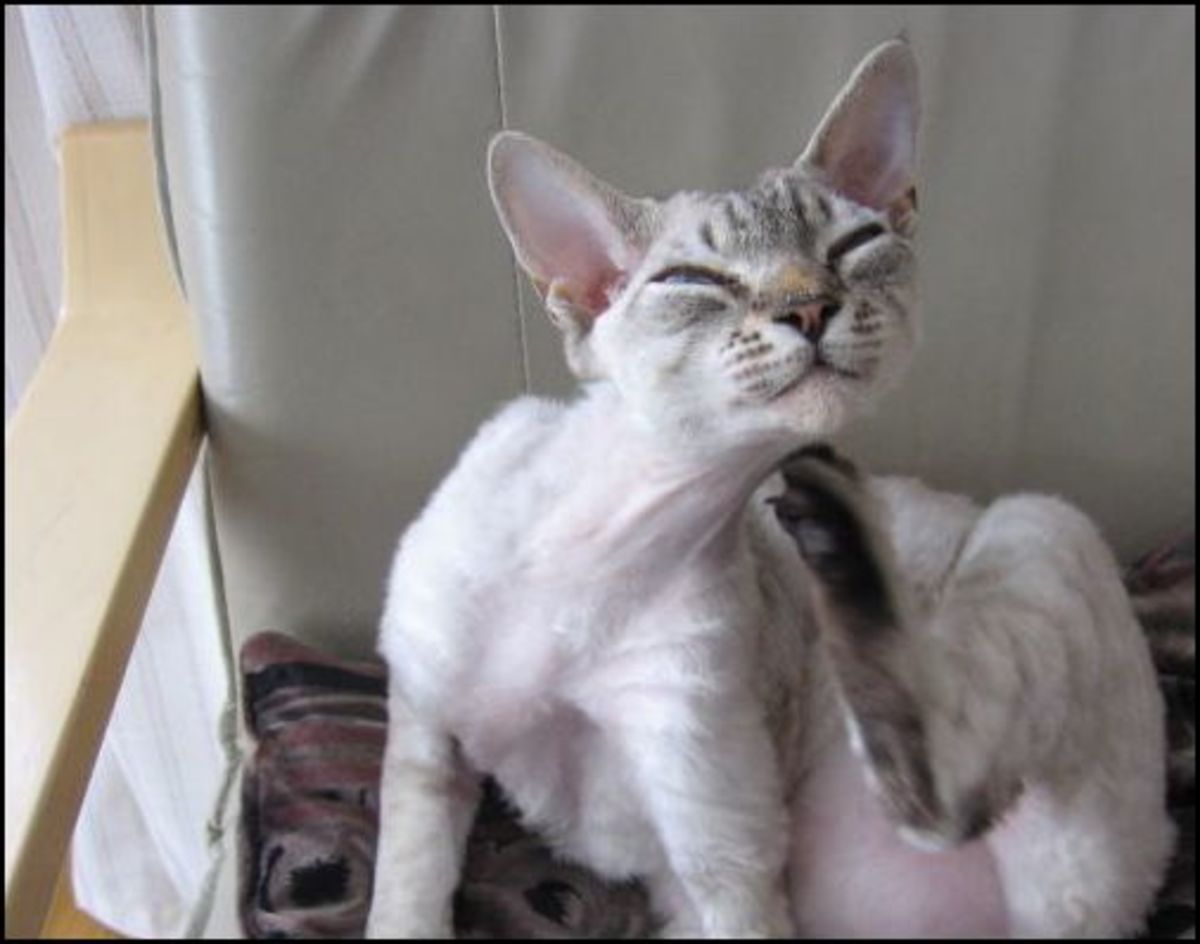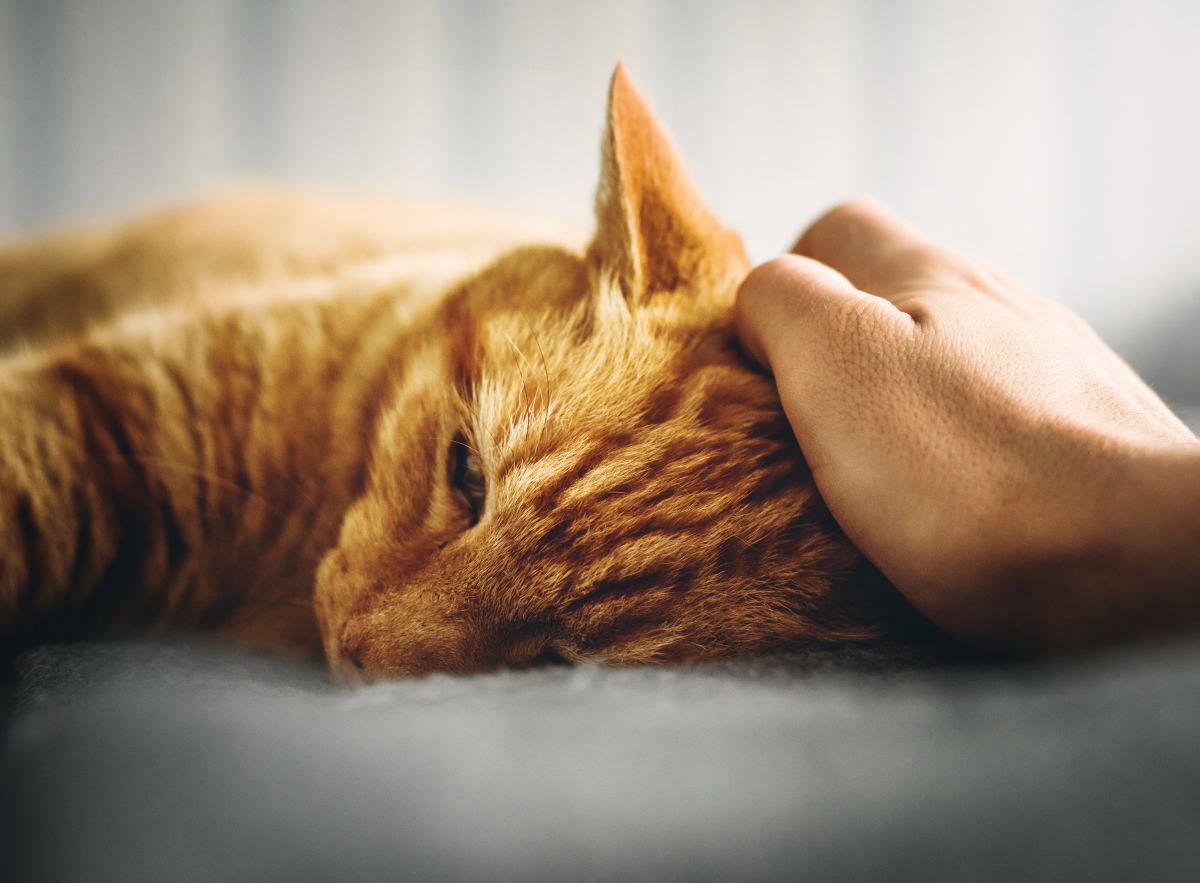Cat Blood and Controlling Wounds
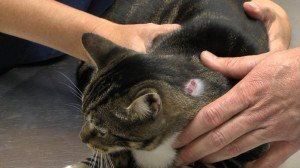
Cat blood and the control of bleeding from wounds can present a scary predicament for many pet owners.
When caring for wounds to your feline friend there are two very important considerations that present themselves. First, you need to stop the bleeding, and secondly, the infection must be prevented.
Your cat may have arterial bleeding (spurting bright red blood) or venous bleeding (oozing dark red blood). Sometimes both occur. You should never wipe a wound that has stopped bleeding, because it may dislodge a clot that has formed. Pouring peroxide on a wound will cause bleeding that may be difficult to control.
Two methods used to control cat blood are the pressure dressing and the tourniquet.
With the pressure dressing, you can take several clean or sterile gauze pieces and place them over the wound while bandaging snugly. keep an eye out for swelling of the limb below the pressure pack. This indicates impaired circulation, and will call for removal or loosening of the bandage,
A tourniquet may be needed to control a spurting artery. It can be applied to the leg or tail above the wound. You should take a piece of cloth or gauze roll and loop it around the limb. Then tighten it by hand, or with a stick inserted between the loop, and twist it around until the bleeding is controlled. If the end of the artery is visible, you can attempt to pick it up with tweezers and tie it off with a piece of cotton thread. If possible this should be left to a trained person like a veterinarian or veterinary assistant. A tourniquet should be loosened every 30 minutes, for 2 to 3 minutes, to let blood flow into the limb.
All wounds are contaminated with dirt and bacteria. Infections can be prevented, with proper care and handling. Before handling a wound, make sure your hands and instruments are clean. Beginning at the edges of a fresh wound, clip the hair back to enlarge the area. Cleanse the edges with a damp gauze or pad, and irrigate the wound with clean tap water. Apply an antibiotic ointment like Neosporin or bacitracin, and bandage with sterile gauze pads or cotton balls where needed. Bandages are more difficult to apply to cats than dogs, and once applied, more difficult to keep in place.
Older wounds with a covering of pus and scab can be cleansed with 3% hydrogen peroxide solution or surgical soap. Blot dry and apply an antibiotic ointment and either leave open or bandage. Dressings over infected wounds should be changed frequently to aid in the drainage of pus and allow for the application of fresh ointment. Fresh lacerations over 1/2 inch long should be sutured to prevent infection minimize scarring and speed healing.
Bites are heavily contaminated wounds that often puncture wounds. Most likely they will become infected, and therefore should not be sutured. Antibiotics are needed. Most wounds received in a catfight are of the puncture variety. With all animal bites, the possibility of rabies should be kept in mind.
The presence of cat blood will not always present a serious situation, however, it should be noted that home treatment of a wound is not always possible. Always notify your vet if you believe that your cat needs immediate assistance.
References: The Cat Owner's Home Veterinary Handbook by Delbert G. Carlson, D.V.M and James M. Giffin, M.D. - First Edition
- Cat Health Problems
Cat Health Problems can be determined from a cat's behavior more often than not.
- Is Your Vomiting Cat Sick?
Your vomiting cat does not necessarily signal that an illness is present. A number of diseases and upsets in your cat are associated with vomiting, It is a fact, however, that cats vomit more easily than most...


